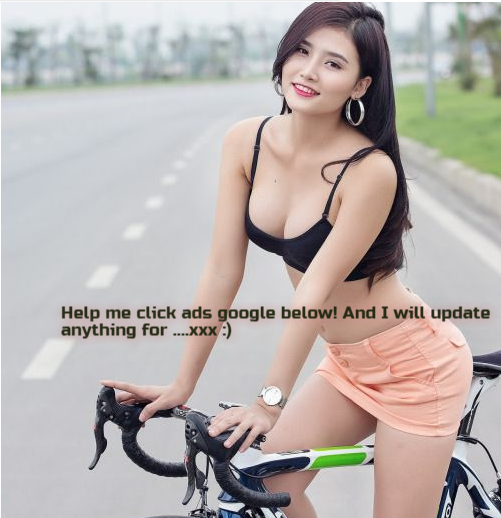
So you want to know how to start vlogging, eh? You're in luck. Vlogging is now more popular than ever. Nearly one-third of all internet traffic is now devoted to video streaming.
It makes sense, right? Videos are an engaging, easy-to-digest format perfect for our short attention spans. Plus, they allow us to vicariously experience new places and experiences without ever having to leave our couches.
So, if you're considering starting a vlog, congratulations! You're about to embark on a fun and rewarding journey. Vlogging can be a great way to connect with people worldwide, share your interests, and build a following. But where do you start?
In this article, we'll give you some tips on how to start vlogging. We'll go into finding your niche, building an audience, and creating content that people will love. So what are you waiting for? Grab your camera and let's get started!
The Potential of Vlogging and Why You Should Do It

Vlogging, or video blogging, is one of the hottest trends on the internet today. And it's no wonder why – with over a billion active users, YouTube is now the second-largest search engine in the world (second only to Google). YouTube is also a powerful social media platform.
With so much potential for reach and engagement, it's no wonder that brands are clamoring to work with vloggers.
After all, what better way to reach a huge audience than by partnering with someone who already has their attention?
Furthermore, YouTube videos are now watched more than 5 billion times per day!
There is a massive potential for vloggers to reach a huge audience. But what makes vlogging so popular?
Firstly, it's a very intimate and personal form of communication. Unlike traditional blogging which tends to be more formal and impersonal, vlogging allows viewers to get to know the person behind the camera. It's also a visual medium that can be highly engaging and entertaining.
And finally, it's highly accessible – all you need is a smartphone and an internet connection, and you can start vlogging immediately!
Understand Your Audience and Find Your Niche
Vlogging is a great way to share your interests with the world, but it can be difficult to stand out in such a competitive field.

One of the best ways to set yourself apart is to choose a niche that you are passionate about. Whether it's makeup, video games, or fashion, finding your niche will help you attract viewers who are interested in your content. This is essential if you want to start vlogging.
How To Select a Niche
Before you start recording, it's crucial to take some time to understand your audience and find your niche. Here are a few tips to help you get started:
- Identify your interests and passions: What topics do you enjoy talking about? What activities do you enjoy doing? These are the foundation for finding your niche.
- Identify problems you can solve: As a vlogger, you're also in the business of solving problems for your audience. Think about your target audience's problems and how you can help solve them.
- Research competition: Is there an opportunity to stand out from the crowd? Once you've identified a few potential niches, it's essential to research the competition. Is there already a lot of content out there on this topic? Is there an opportunity to add a new perspective or offer something unique?
- Determine the profitability of your niche: Of course, you also need to consider whether your niche is profitable. Can you generate enough advertising revenue, affiliate revenue, or sponsor partnerships to make a living from your vlog?
The Importance of Knowing Your Audience As You Build Your Video Log
Once you've selected your niche, getting to know your audience is important if you want to start vlogging. What do they like and dislike? What sorts of content do they respond to? By understanding your audience, you'll be able to create videos they love.
So if you're considering starting a vlog, remember to choose a niche and get to know your audience. It'll help you create content that's both unique and popular.
Learn The Ins And Outs Of Youtube's Platform
There are a lot of things to consider before you start posting content on YouTube. For one, you want to make sure that you're familiar with the platform and the kind of content that is popular there.
You don't want to post something that is tone deaf or doesn't fit with the general vibe of YouTube. Familiarizing yourself with YouTube before you start posting will help you avoid these mistakes.
Additionally, it's essential to understand the technical side of things if you want to know how to start vlogging. YouTube has a creator studio where you can access tools and information related to your channel.
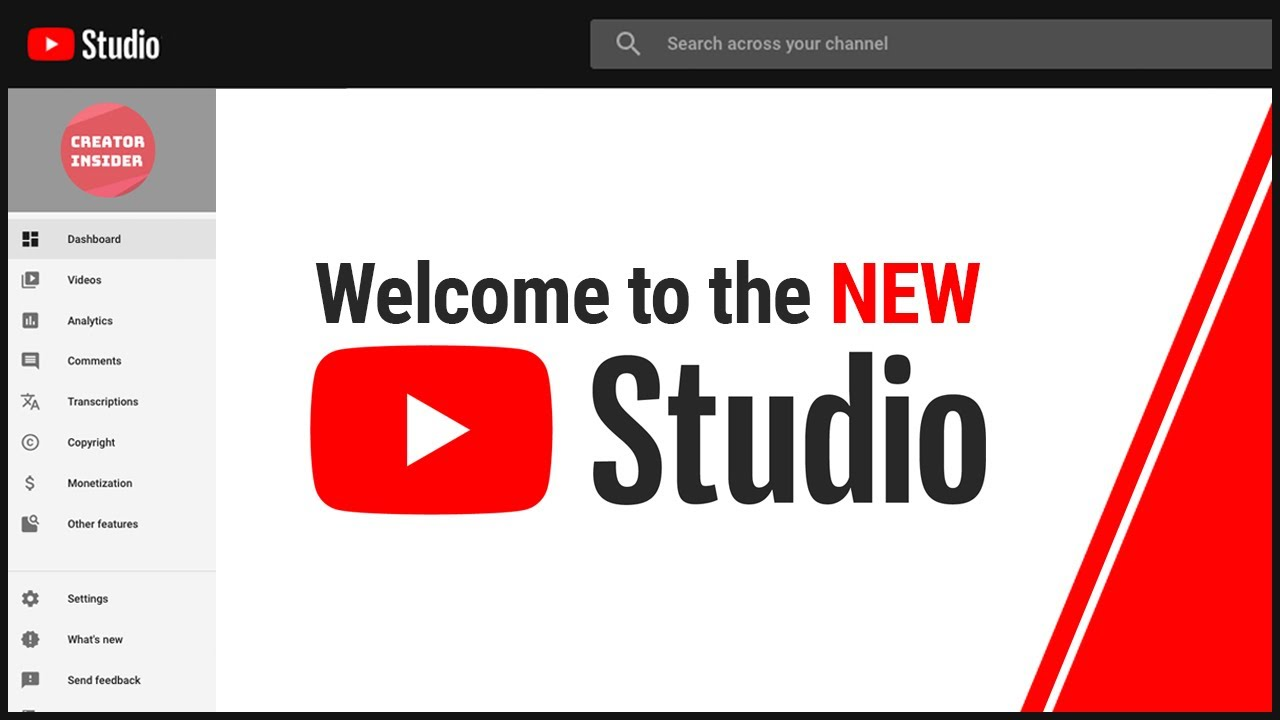
The YouTube Creator Studio is an essential tool for any YouTuber. It provides an easy way to access your channel's analytics and offers a wealth of information on the different video formats that YouTube supports.
This is important for two reasons. First, it helps you to understand which format will work best for your content. Second, and more importantly, it ensures that your videos will be compatible with YouTube's player.
After all, there's nothing worse than spending hours editing a video only to discover that it won't play on the platform where you intended to share it. Take some time to familiarize yourself with the Creator Studio – it could save you a lot of headaches down the road.
Now It's Time To Build Your Channel (Branding)
Anyone looking to start a Youtube channel should first consider their branding. What images and colors do you want to be associated with your channel? What feeling do you want your channel to evoke?
Once you have a clear idea of your branding, you can start thinking about your YouTube channel name, logo, and banner.
Once you have a clear sense of your brand, you can start building your YouTube channels.
- Choose a catchy and memorable name for your YouTube channel. This will be the first thing potential viewers see, so make sure it's attention-grabbing!
- Create a professional profile picture that represents your brand. This is your chance to make a great first impression, so make sure your profile picture is high quality and on-brand.
- Design attractive and cohesive channel art that reflects your brand identity. Your channel art should be visually appealing, evoke emotion, and represent what your channel is all about.
- Create thumbnail templates that are consistent with your brand identity. Your YouTube thumbnails should be eye-catching, making viewers want to click on your videos.
For more ideas on how to make money vlogging, check out our full guide here.
Deconstruct The Winners On Youtube

Anyone who's ever watched a YouTube video can attest that the platform is home to various content creators. From unboxing videos to vlogs to cooking tutorials, there's something for everyone on YouTube.
But with such a diverse range of content, how do you ensure your channel stands out from the rest? The answer is branding.
A strong brand can help you build a loyal following, attract new viewers, and stand out from the competition.
Let's look at how some of YouTube's most successful channels use branding to their advantage.
PewDiePie
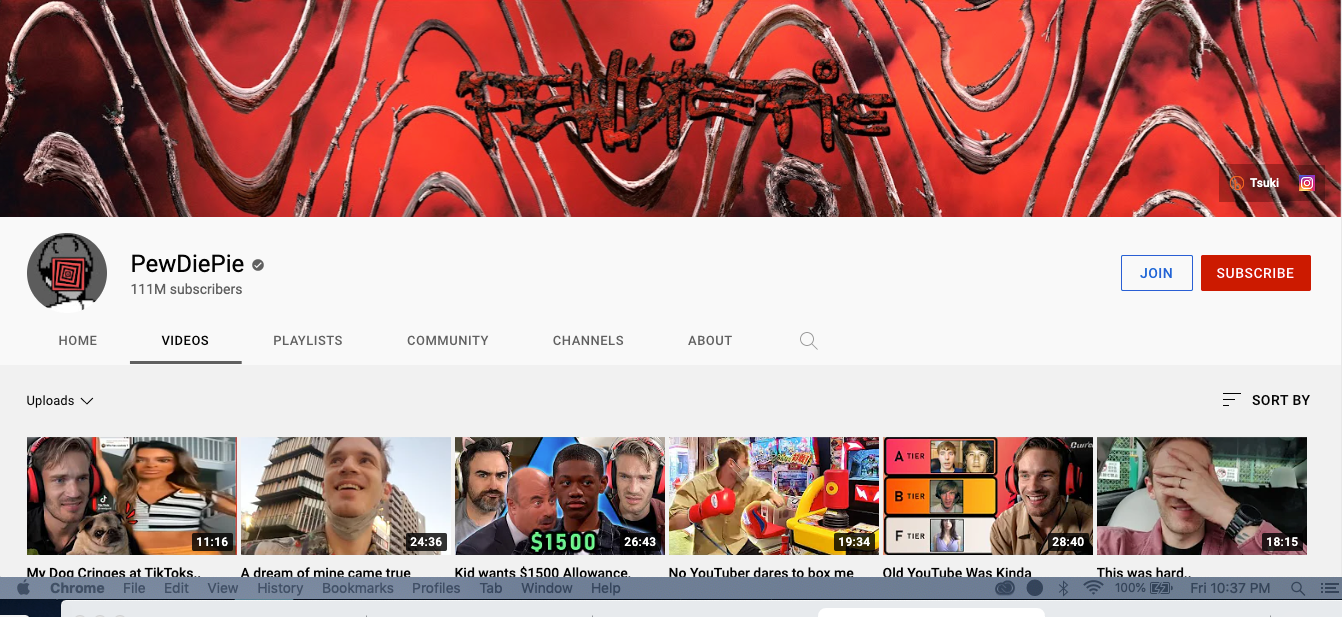
One of the most famous YouTubers is PewDiePie, who has branded himself “the world's most popular YouTuber.” His channel features gaming videos, comedy sketches, and occasional vlogs, and his light-hearted personality has earned him millions of fans worldwide.

PewDiePie's branding is based on his quirky sense of humor and ability to connect with his audience. He frequently interacts with his viewers in the comments section and has even been known to respond to fan messages on social media. As a result, PewDiePie has built a strong personal brand that has helped him stand out in the YouTube community.
Gary Vaynerchuk
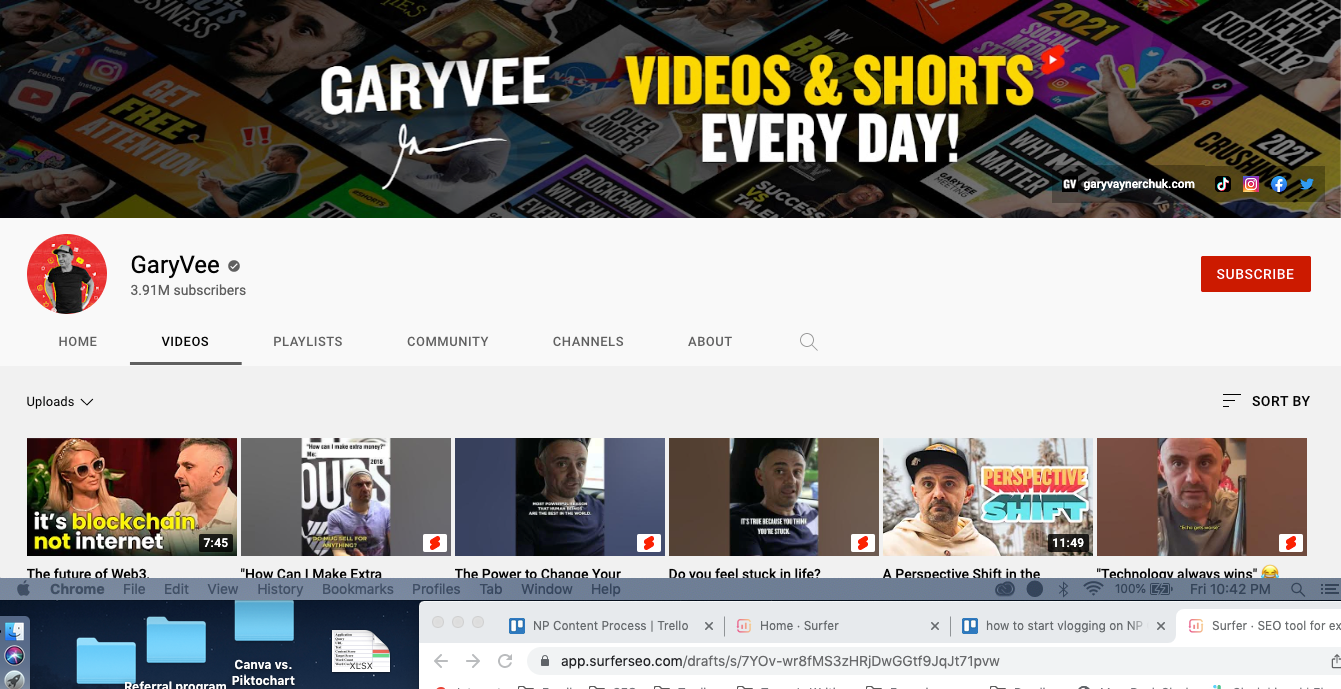
When it comes to branding, Gary Vaynerchuk is a master. He's built his entire career on it. And while his methods may seem like common sense, there's more to them than meets the eye.
For starters, Gary knows that it's all about building trust. He does this by consistently putting out high-quality content that his audience can rely on. He's also never afraid to be himself, allowing his viewers to get to know him personally.

Furthermore, Gary understands the power of social media and how to use it to his advantage. He's always quick to interact with his fans and followers and regularly shares behind-the-scenes looks at his life and work. As a result, Gary has built an incredibly strong personal brand that continues to attract new followers and grow his business.
Mr. Beast
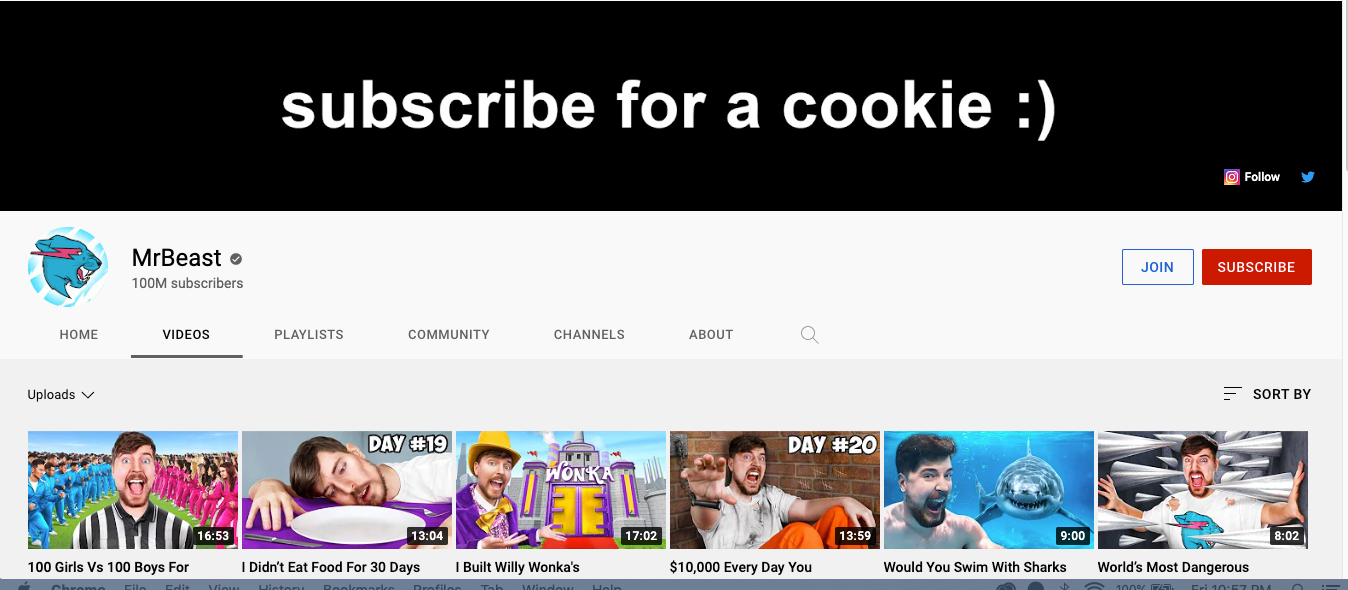
There's no doubt that Mr. Beast is among the most popular YouTubers. With over 50 million subscribers, he has built a massive following by posting videos that are equal parts entertaining and outrageous.
But many people don't realize that Mr. Beast is also a master of branding. Everything about his channel, from his distinctive logo to his consistent use of green screen effects, is designed to stay in viewers' minds.
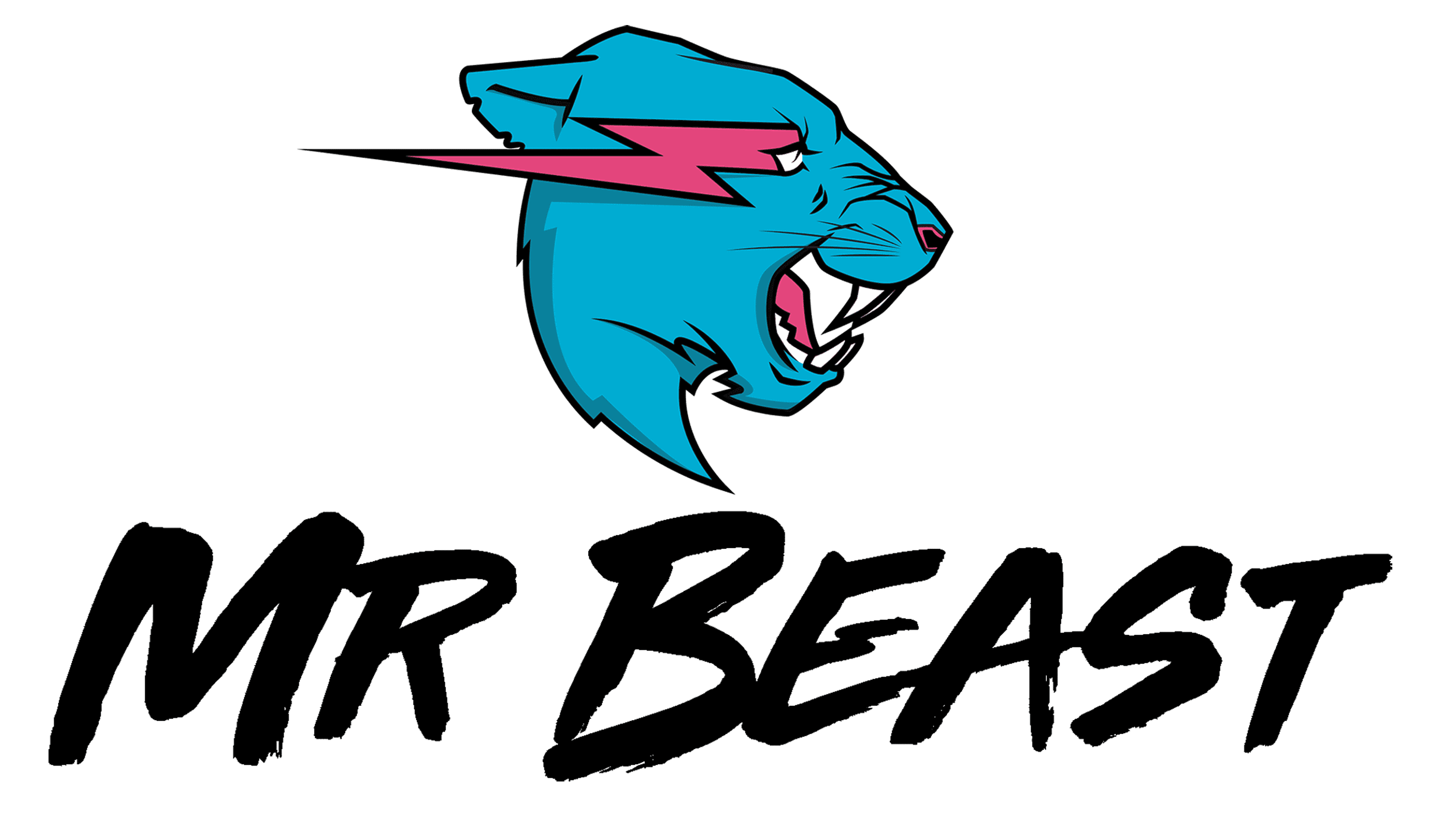
One of Mr. Beast's most important elements is his logo. The simple blue and black design is recognizable and instantly identifiable as his. This is intentional – having such a strong and recognizable logo, Mr. Beast ensures that his channel will stick in viewers' minds even after they've finished watching one of his videos.
Another key element of his brand is his consistent use of green screen effects. Using a green screen in nearly every video, Mr. Beast creates a cohesive look for his channel that makes it instantly recognizable.
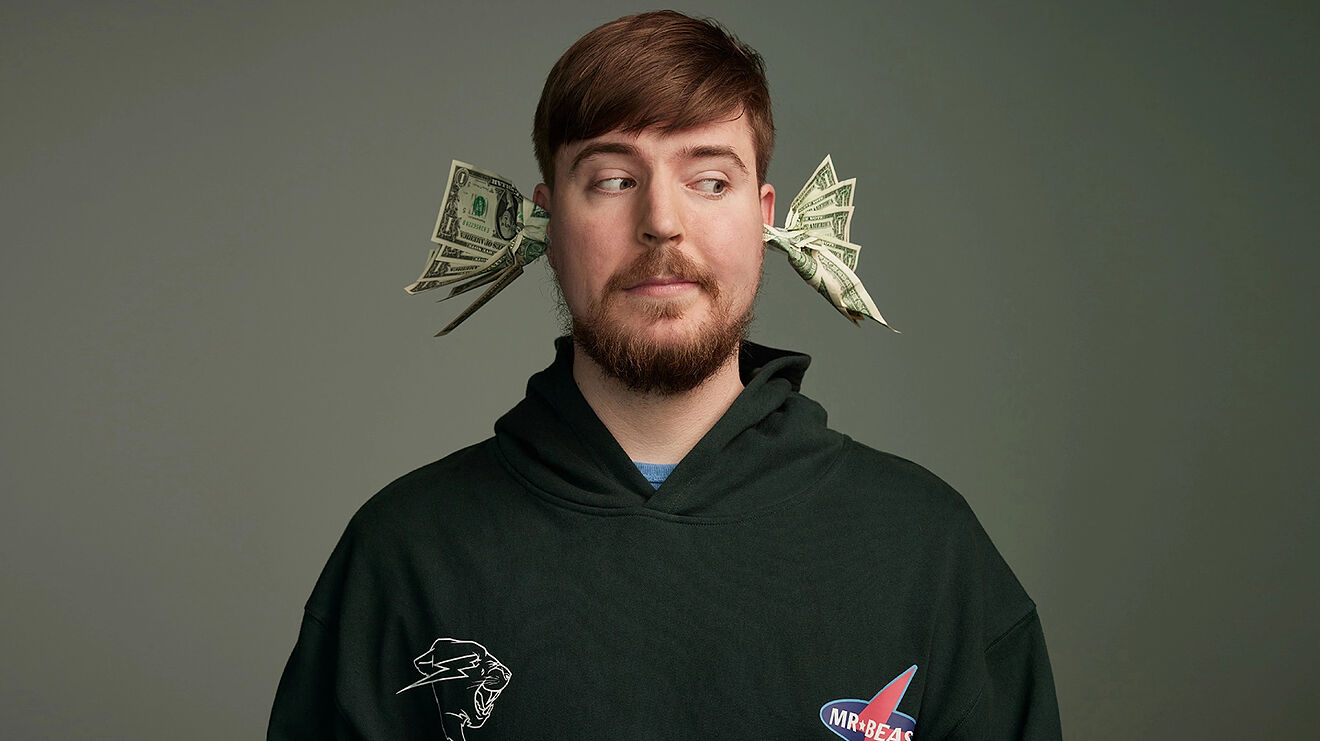
But perhaps the most important aspect of Mr. Beast's branding is his personality. He comes across as someone who genuinely loves making videos and isn't afraid to be over the top. This attitude comes across in everything from his over-the-top challenges to his willingness to experiment with new ideas. As a result, Mr. Beast has built a brand that is both unique and highly successful.
Start Vlogging: Coming Up With Ideas For Videos
When thinking up ideas for your YouTube channel, your priority should always be to serve your audience. After all, they're why you have a channel in the first place!
So ask yourself: what can you do to help them learn something new or solve a problem they might have? Once you've figured that out, you can start scoping out the competition.
Check Youtube Search (Spy On Other Youtube Videos)
One of the best ways to come up with ideas for YouTube videos is to conduct keyword research for terms that are relevant to your niche.
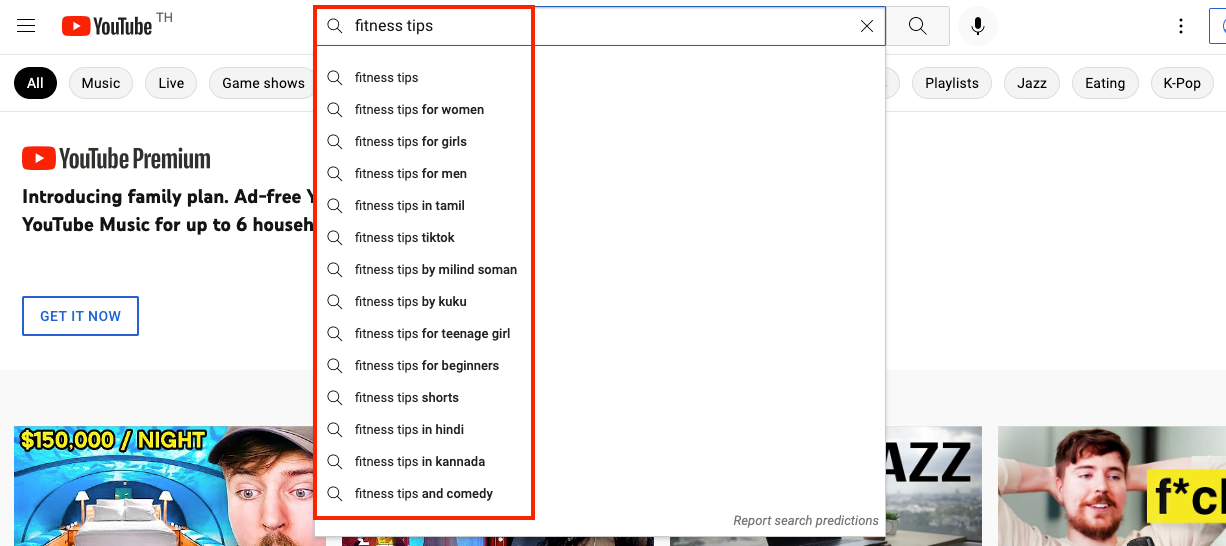
For example, if you're in the fitness industry, you might search for keywords like “fitness tips,” “exercise routines,” or “workout motivation.” This will give you a good idea of what your target audience looks for when they turn to YouTube for fitness information.
Once the topic is down, you can toy around with Youtube autocomplete to get some more specific ideas. This is the process of starting to type in a keyword and seeing what Youtube suggests as related searches.
Not only will this give you some great ideas for videos, but it will also give you an idea of how to title your videos for maximum impact.
Remember that people are likelier to watch a video with a title relevant to their search query.
Once you have a general idea of the content people are looking for, it's time to start thinking about how you can serve your audience better than anyone else.
What unique insights or perspectives can you offer? What could you teach them that they can't find anywhere else?
If you can answer these questions, you'll be well on your way to creating a successful vlog.
The Comments Section
The comments section of YouTube can be a goldmine for quality ideas for new videos. Viewers often suggest additional topics for you to cover and ask questions about areas of interest.
By paying attention to the comments, you can understand what people are looking for and how your videos can fill that need.
Additionally, the comments can provide valuable feedback on your existing videos, letting you know what's working and what needs to be improved.
So don't overlook your comments section when looking for inspiration for your next video – it might be the best place to find it.
Why not take a cue from your competitors? After all, they probably have a pretty good idea of what works on the platform.
Another way to get ideas for your videos is to look through the comment section of your competitor's videos. See what people say about the content and look for patterns in the feedback. For example, are there specific topics that seem to generate much interest? Is there a particular video style that gets many positive responses?
You can also use the comment section to understand what people don't like. For example, you might want to avoid that topic if you see a lot of negative feedback on a specific type of video. Or, if a particular element seems to be rubbing people the wrong way, you can consider leaving it out of your videos.
By looking at what's working (and what's not) for your competitors, you can get a better idea of what kinds of videos are likely to be successful with your audience and gain a better idea of how to start vlogging. So next time you feel stuck for ideas, scroll through the comments section and see what inspiration strikes.
Communities and Groups
If you want to make quality YouTube videos, it sometimes helps to not sit in your creative vacuum. By participating in communities and groups, you feed off of the creativity of others and get inspired to come up with great ideas.
You can also keep a pulse on what is of interest to your audience. Many topics or areas of problem-solving present themselves organically when you're engaged with others.
For example, if you belong to a group of new parents, you might make videos about babyproofing your home or tips for getting your baby to sleep through the night.
If you're part of a group of people who love to cook, you could make videos about cooking hacks or easy recipes for busy weeknights. Get out there and start engaging with others – it could be the key to finding fresh, quality ideas for your next YouTube video.
There are a few different ways to find creative communities on YouTube. Look at the “Community” tab on your channel page. This is where YouTube will suggest groups and forums that might be relevant to your interests.
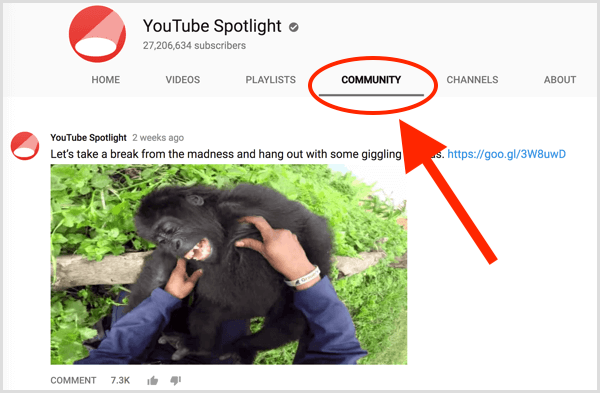
Another way to find creative communities is to search for them simply. For example, search for “video editing group” or “vloggers community.” You can also try searching for specific niches, like “travel vlogging community” or “beauty YouTube group.”
Once you've found a few communities that look promising, take some time to explore them and see what kinds of conversations are happening. Again, see what people are talking about and look for any gaps in the conversation you could fill with your content.
By participating in creative communities, you can get inspired to come up with your great ideas and get feedback and input on the video content ideas you already have.
Polls or Surveys
Looking for ideas for your next YouTube video or not sure where to start vlogging? Why not take a cue from your audience and let them help you out?
Creating a poll or survey in a social media group is a great way to get feedback on potential video topics.
Not only will this help ensure that your video is relevant and engaging, but it can also help to build buzz around your upcoming release.
Plus, it's a whole lot easier than trying to come up with ideas in a vacuum. Here's how to do it:
First, choose a social media group that is relevant to your niche or topic. For example, if you're looking for ideas for cooking videos, try joining a group dedicated to foodies or home cooks.
Once you've joined the group, create a post asking for information on your topic. Then, invite group members to leave their suggestions in the comments.
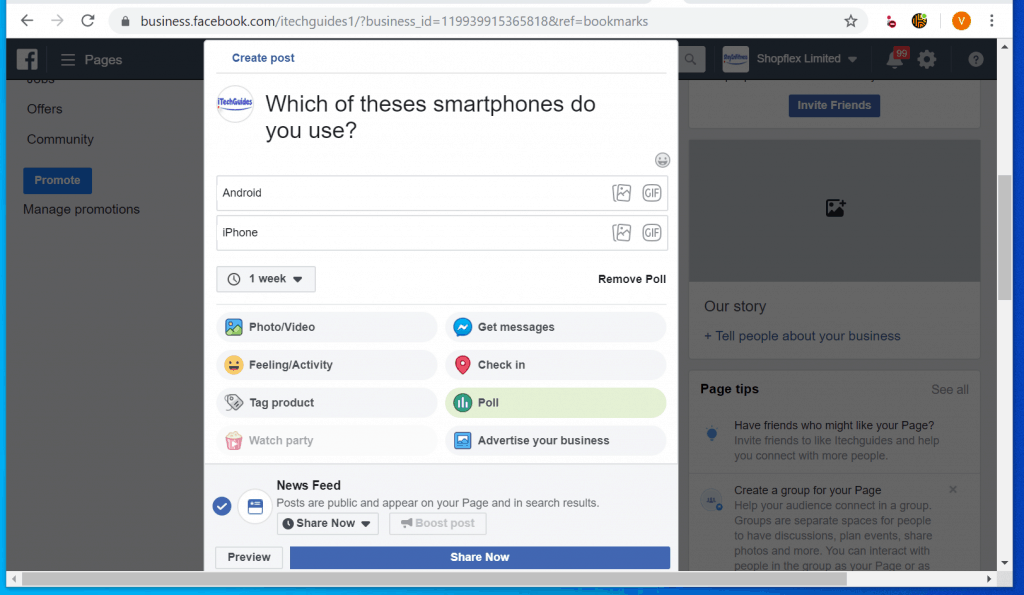
To ensure your poll is as effective as possible, ask group members to vote on their favorite ideas using the poll function. This will help you quickly narrow down the list of potential topics for your next video log.
Asking your audience for ideas is a great way to ensure that your content is relevant and engaging. Plus, it takes some pressure off of you to develop ideas independently. If you're feeling stuck, why not give it a try?
If you can't find a group to join, here's a guide to start your own Facebook group.
How to Start Vlogging: Create Quality Video Content
Camera
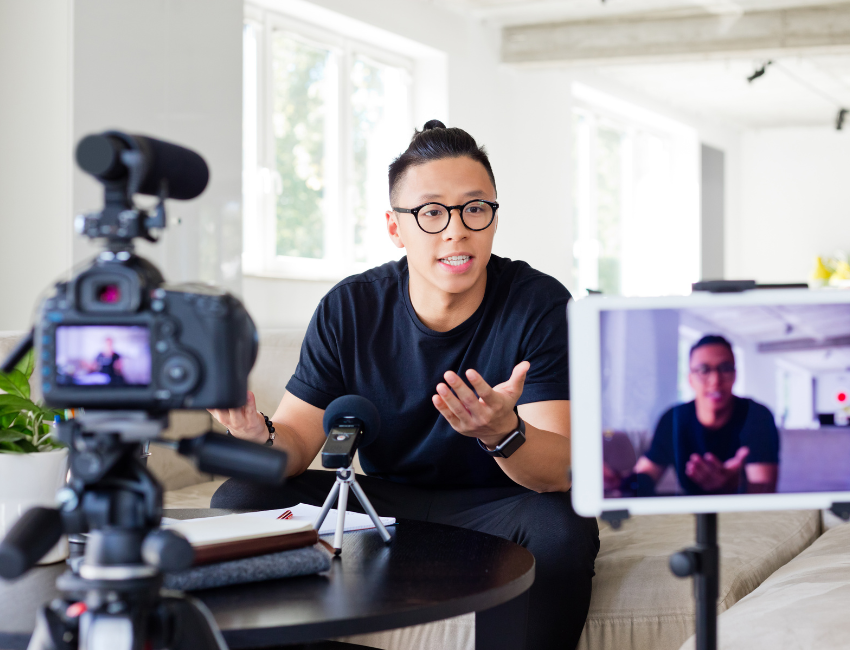
Creating quality content for your vlog doesn't have to be complicated or expensive. All you need is a good camera and some editing skills.
Regarding cameras, you don't need to break the bank to get a great one. There are plenty of affordable options on the market that will suit your needs.
Make sure to research and find one that shoots in high definition and has good video stabilization.
If you can't invest in a camera, you can use a smartphone to start vlogging instead. Most newer phones have excellent cameras that shoot in high definition. Remember that you'll need to hold the phone steady while filming, so it might be worth investing in a tripod.
Microphone
If you're planning to start vlogging, one of the most important things you'll need to invest in is a good quality microphone.
After all, no one will spend time watching videos with a muffled voice or background noise while trying to watch a video.

A good microphone helps to ensure that your videos are clear and easy to understand, even if you're speaking at a low volume.
In addition, a microphone can help to reduce background noise, making it easier for viewers to focus on what you're saying.
A microphone can also add a sense of professionalism to your video content, helping you stand out from the countless other vloggers using their built-in camera microphones. It will make a world of difference in your overall video quality.
Lighting
If you're serious about vlogging, you know that quality lighting is essential. After all, nobody wants to watch a dark and grainy video. But getting the perfect lighting for your vlog doesn't have to be complicated. Here are a few simple tips to help you get the best results:
1. Find a well-lit room: This may seem obvious, but it's important to find a room with plenty of natural light. Windows are your friend! If you can, position yourself near a window so the light shines directly on your face.
2. Use additional lighting: In addition to natural light, you may also need to use additional lighting sources. For example, desk lamps, floor lamps, and even string lights can help brighten your space. Just be sure not to place the light sources directly behind you, as this will create a backlit effect that is unflattering and difficult to see.
3. Adjust your camera settings: Once you have your lighting sorted out, it's time to adjust your camera settings. If you're using a smartphone or DSLR camera, increase the ISO setting so that the image is less grainy. Smartphone users may also need to adjust the white balance and exposure settings.
Editing
Anyone who watched a poorly edited YouTube video knows that bad editing can ruin even the best content.
Not only does it make the video look amateurish, it can also be distracting and hard to follow. On the other hand, quality editing can take a good video and make it great.
It can help tighten the story's flow, remove dead or redundant footage, and add visual interest with well-placed graphics and effects.
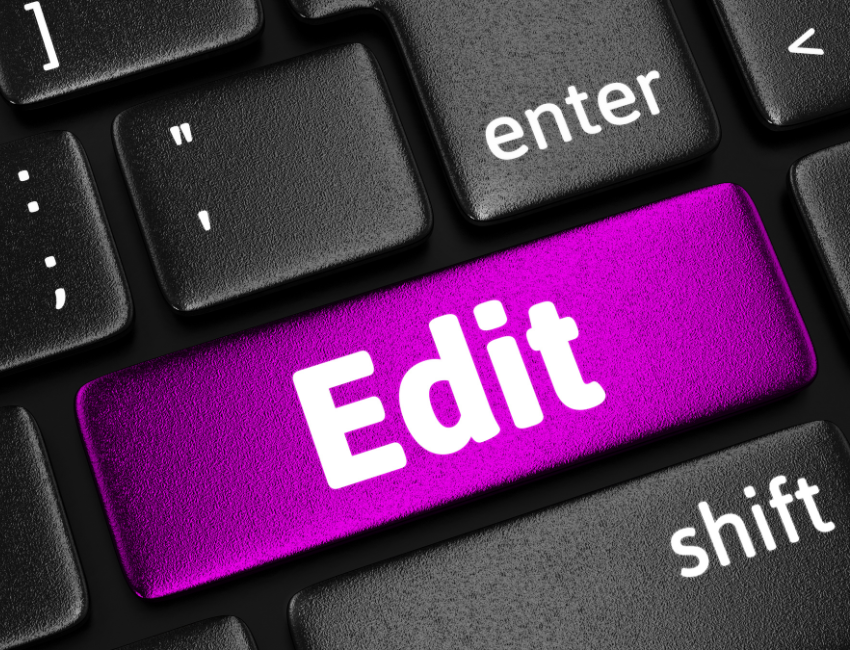
A good edit can mean the difference between a viral hit and a flop. Even if your video is just for friends and family, you'll still want it to be cohesive and entertaining.
First, consider the overall flow of your video. Is it easy to follow? Are there any awkward transitions or choppy editing? If so, you'll want to smooth those out.
Next, take a look at the audio. Is the sound quality clear? Are there any background noises that could be distracting?
If so, you may need to invest in some better equipment or do some post-processing in video editing software.
For video editing software, you can use applications like:
- Adobe Premiere Elements
- Final Cut Pro
Finally, take a look at the visuals. Are the colors pleasing to the eye? Is the image stable, or does it jiggle around too much? If you're not happy with what you see, you may need to film again or play with the settings in your editing software.
Optimize Your Videos for Search
If you want your videos to be seen by the YouTube community, optimizing them for search is important.
Like any other search engine, YouTube uses algorithms to decide which videos are most relevant to a user's query.
Optimizing your videos for YouTube search can help ensure that your content is being seen by the people who are most likely to be interested in it. This is the whole point when you start vlogging. And as a bonus, optimizing your videos can also help to boost your overall ranking on YouTube. Here's a detailed look at how to optimize your videos for YouTube search:
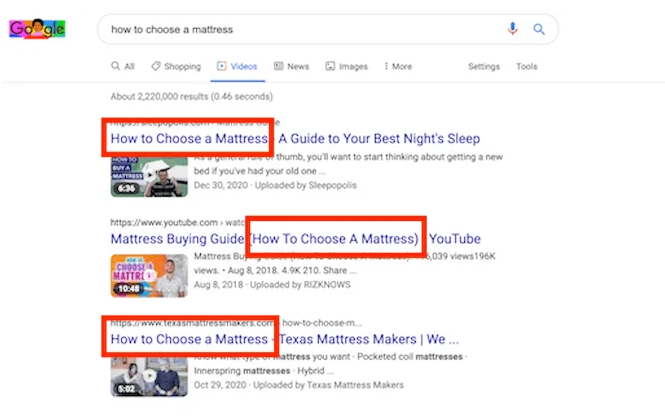
1) Use keywords in your title and description
When potential viewers search for videos on YouTube, they'll typically enter key phrases or keywords into the search bar. As such, it's essential to include these keywords in your video title and description. This will help YouTube's algorithms understand what your video is about and match it with relevant searches.
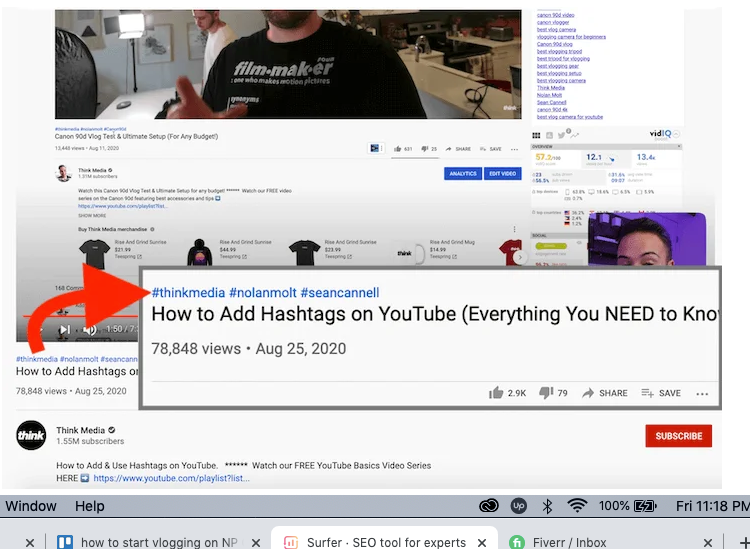
2) Use tags and hashtags
In addition to including keywords in your title and description, you can also use tags to help optimize your video for YouTube search.
Tags are essentially keywords that you can attach to your video; they're like labels that help categorize your content. When you tag your video with relevant keywords, you're helping YouTube understand what your video is about and match it with relevant searches.
3) Optimize your titles and descriptions for click-through rate
In addition to including relevant keywords, make sure to craft compelling titles and descriptions that will encourage people to click on your video. After all, no matter how well you optimize your videos for YouTube search, they won't do you any good if no one is watching them.
Analytics

For YouTubers, analytics are essential for understanding what works and doesn't with their audience. YouTube provides creators with a wealth of data to help them grow their YouTube channel.
The first step is to understand the basics of YouTube Analytics. These include things like watch time, views, subscribers, and demographics.
To use YouTube Analytics, go to the “Insights” tab on your channel page. Here you'll find a wealth of data on your viewers, including their location, gender, age, and viewing habits. This data can help you determine where to focus your efforts to reach more viewers.

Here's a quick guide to getting started with YouTube Analytics:
- Log in to your YouTube account and go to the Creator Studio.
- Click on “Analytics” in the left-hand menu.
- Familiarize yourself with the available reports and data points.
- Choose the metric you want to track (for example, views, watch time, or subscribers) and select a timeframe (for example, the past week or month).
- Take a look at your results and compare them to previous periods to see how you're doing.
- Use what you've learned to make better decisions about your content and grow your channel.
Understanding how your target audience finds and engages with your content enables you to make informed decisions about what to post and when.
Additionally, YouTube Analytics can help you track your progress over time and identify areas for improvement.
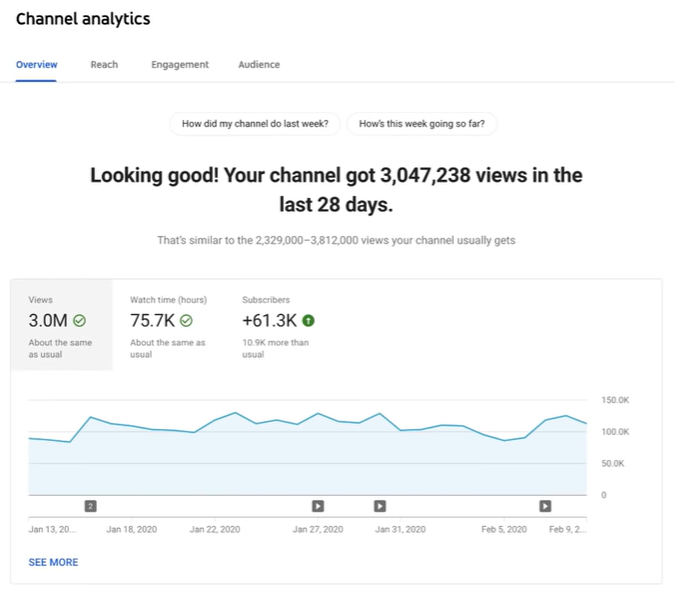
Finally, don't forget to use analytics to experiment with new ideas and strategies once you start vlogging. By staying on top of your YouTube analytics, you can ensure that your channel is always moving in the right direction.
Final Thoughts
So there you have it! You now know how to start vlogging and why this trend is taking over the internet. Get out there and start sharing your story with the world! Who knows, your YouTube vlog could be the next big YouTube sensation.
For related reading to help you start vlogging, check out:
The post How To Start Vlogging: The Ultimate Cheatsheet for Massive Growth appeared first on Niche Pursuits.

